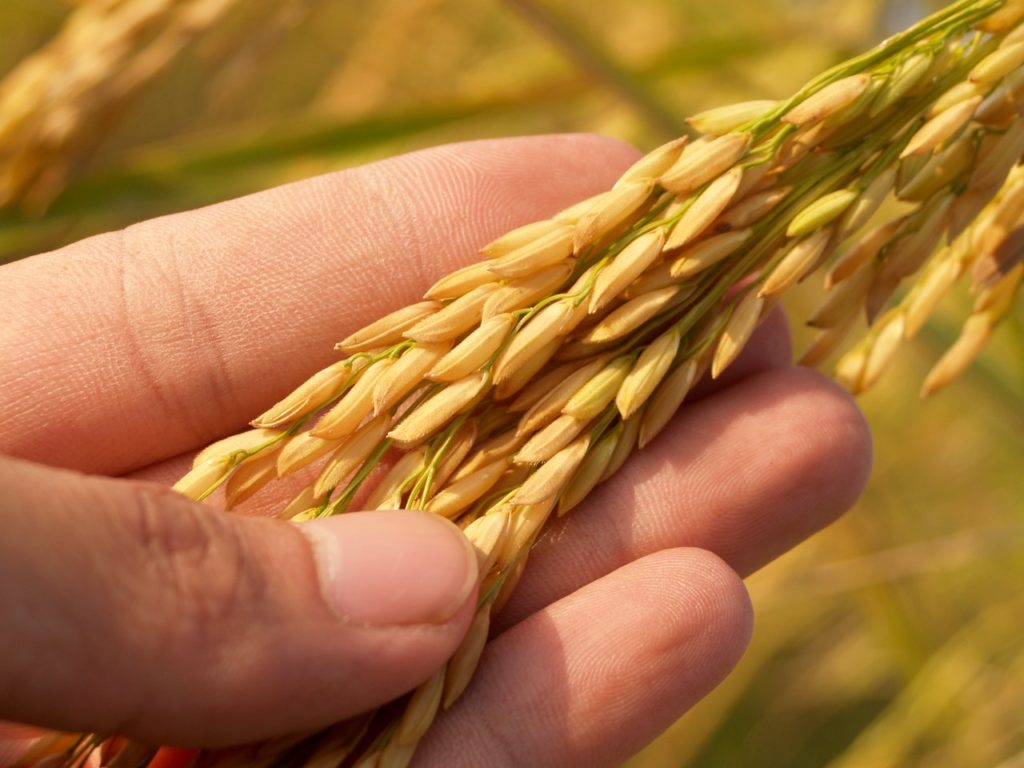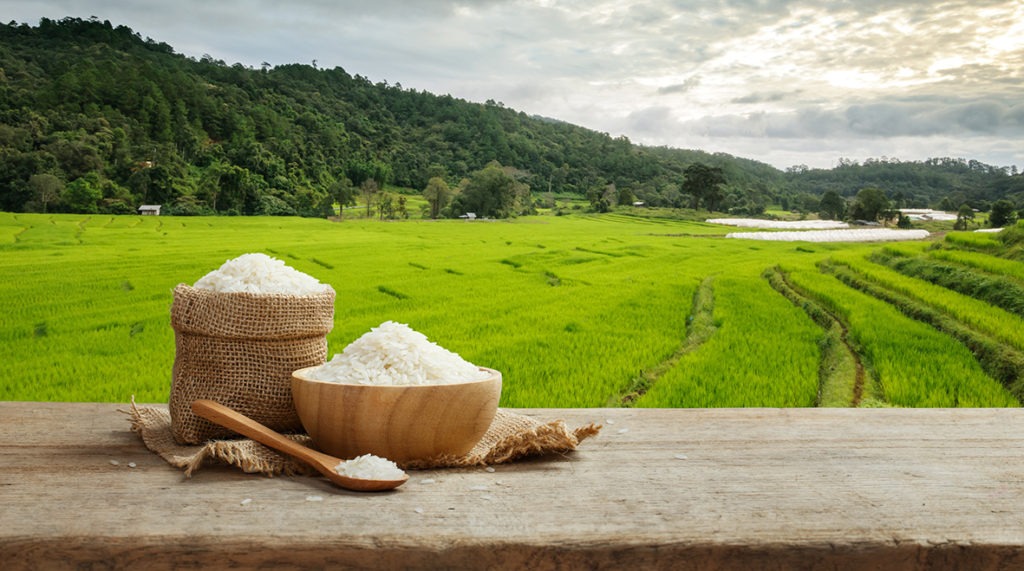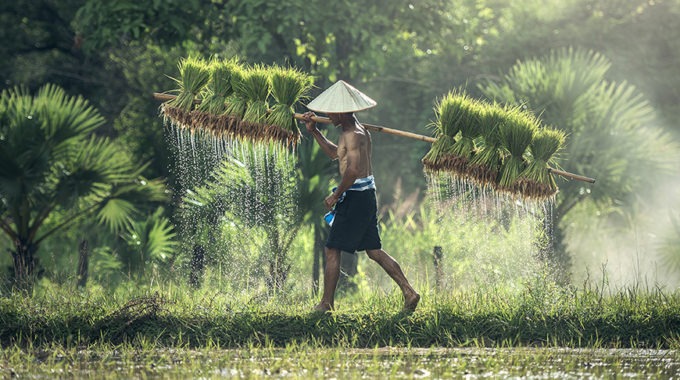Rice has many dads but only two mums
And you thought your family was weird. Researchers investigating the heritage of thousands of rice varieties have identified just two distinct maternal lineages, a discovery which could help address the issue of global food security.
University of Queensland scientists studied more than 3000 rice genotypes and found diversity was inherited through two maternal genomes identified in all rice varieties.
Lead researcher UQ’s Professor Robert Henry says the finding is important in understanding how rice adapted to its environment.
“We think there were two separate domestications of virgin wild plants that diverged around a million years ago in the wild, and then in the last 7000 thousand years human domestication of rice has occurred,” he explains.
The two domesticated varieties then interbred with the local wild rices throughout Asia.

“The wild rice has pollinated the domesticated rices planted nearby and the seed of the domesticated variety has then incorporated the genetics of the local wild varieties,” Professor Henry says. “The maternal lineage is preserved via the seed, and we’ve identified that because rice farmers have and still continue to collect the seed from the field, the local varieties become very much like the local wild rices.”
Professor Henry claims the finding have implications for domestication of rice and breeding for adaptation to climate change, which could help to address food security.
“It gives us clues as to how we might try to capture more of the diversity in the wild and bring it into the domesticated gene pool to improve rice crops,” he says.

Rice is the staple food of more than half of the world’s population and is the third largest worldwide agricultural crop, with more than 630 million tonnes produced annually.
“Now we’ve got an ongoing collaboration with mathematicians to try and find a way of analysing the rice data in more detail, we want to look at relationships between lots of different subgroups,” Professor Henry says. “This would include examining how the Basmatis [mostly grown in India and Pakistan] and the Japonicas [mostly grown in China, Japan and Korea] really relate.”









